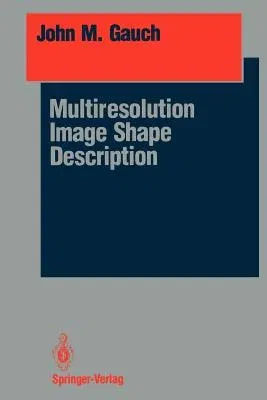John M Gauch
(Author)Multiresolution Image Shape Description (Softcover Reprint of the Original 1st 1992)Paperback - Softcover Reprint of the Original 1st 1992, 22 September 2011

Qty
1
Turbo
Ships in 2 - 3 days
In Stock
Free Delivery
Cash on Delivery
15 Days
Free Returns
Secure Checkout
Part of Series
Springer Perception Engineering
Part of Series
Springer Series in Perception Engineering
Print Length
131 pages
Language
English
Publisher
Springer
Date Published
22 Sep 2011
ISBN-10
1461276896
ISBN-13
9781461276890
Description
Product Details
Author:
Book Edition:
Softcover Reprint of the Original 1st 1992
Book Format:
Paperback
Country of Origin:
NL
Date Published:
22 September 2011
Dimensions:
23.39 x
15.6 x
0.79 cm
ISBN-10:
1461276896
ISBN-13:
9781461276890
Language:
English
Location:
New York, NY
Pages:
131
Publisher:
Weight:
213.19 gm

